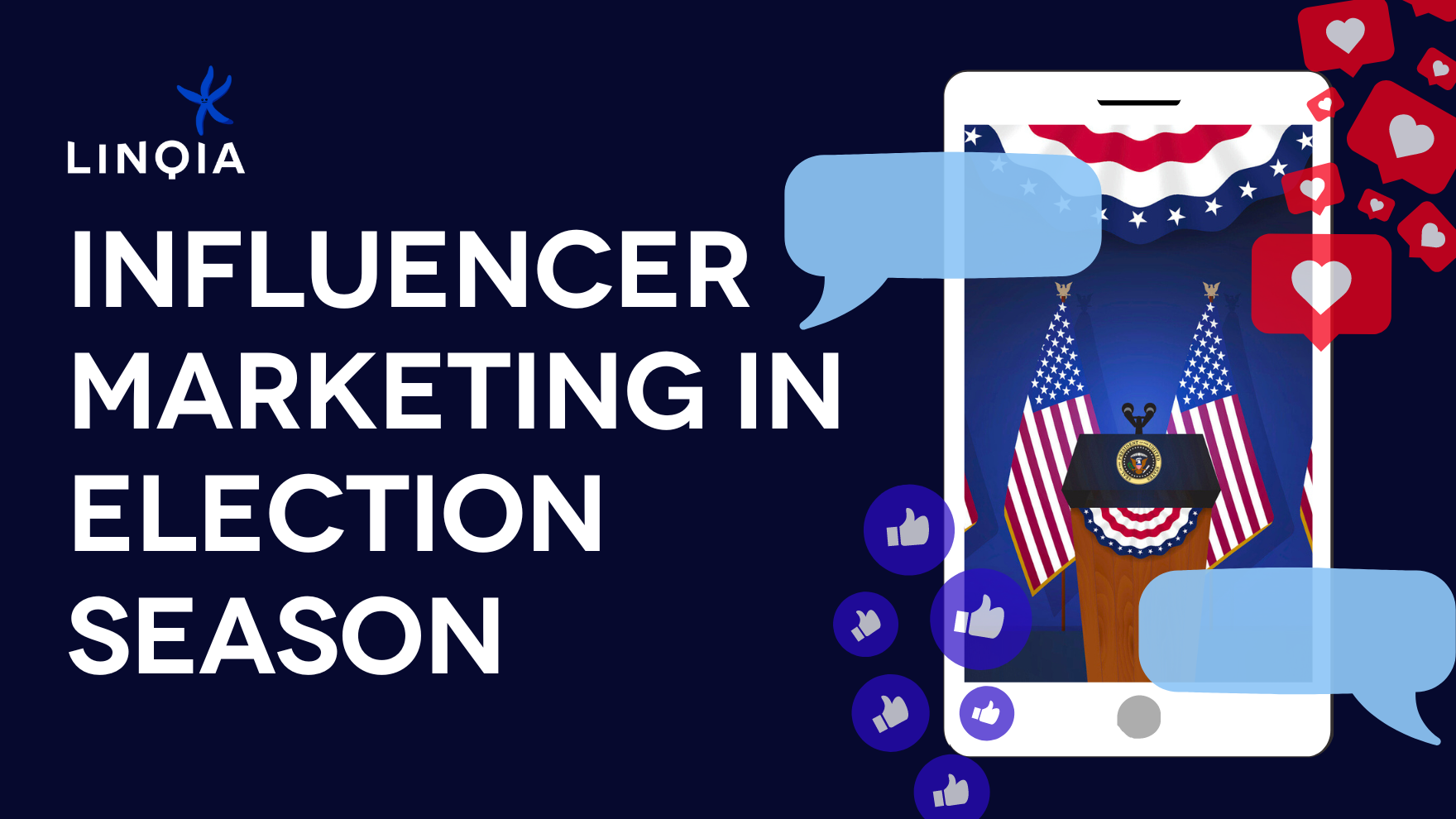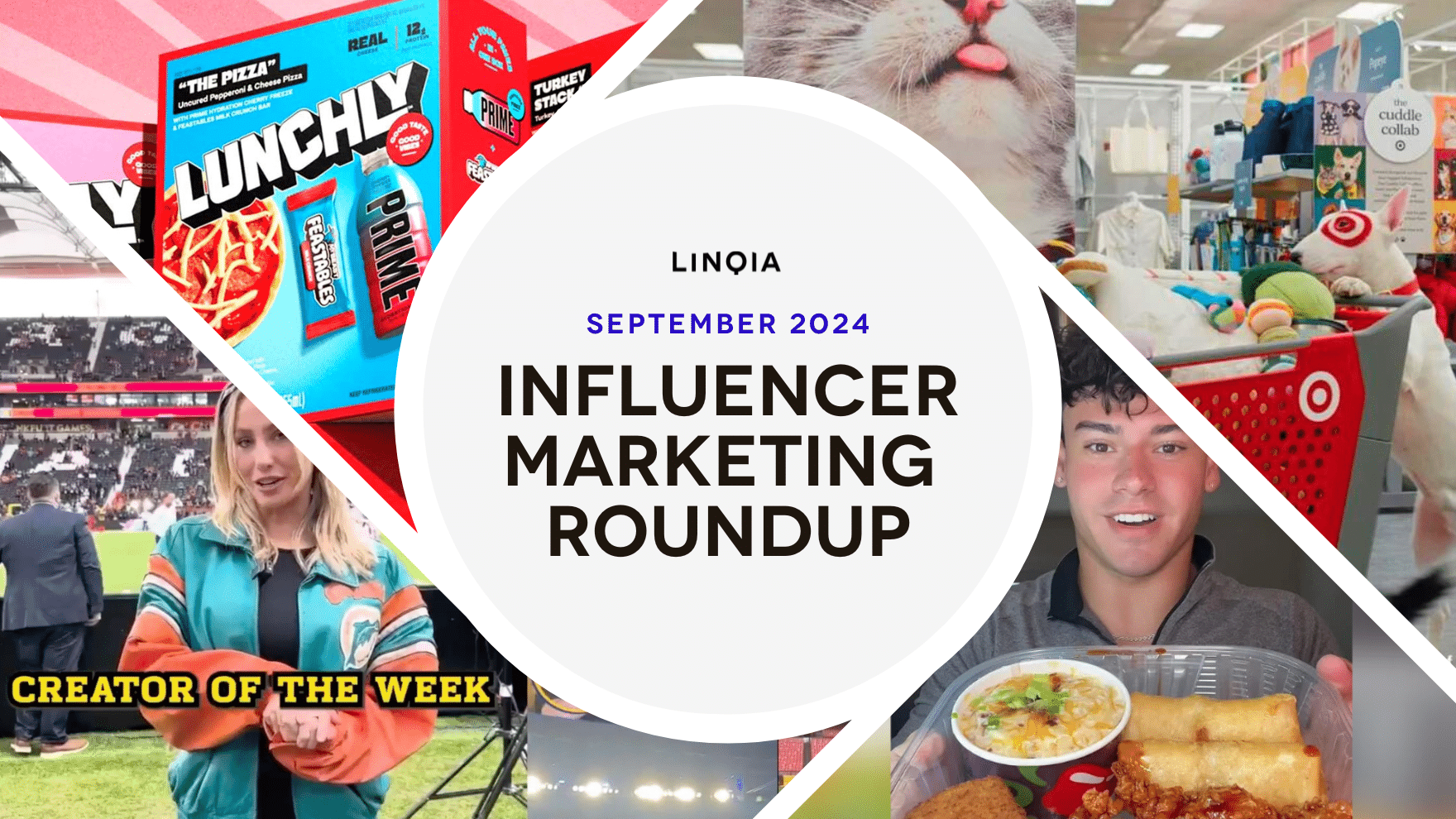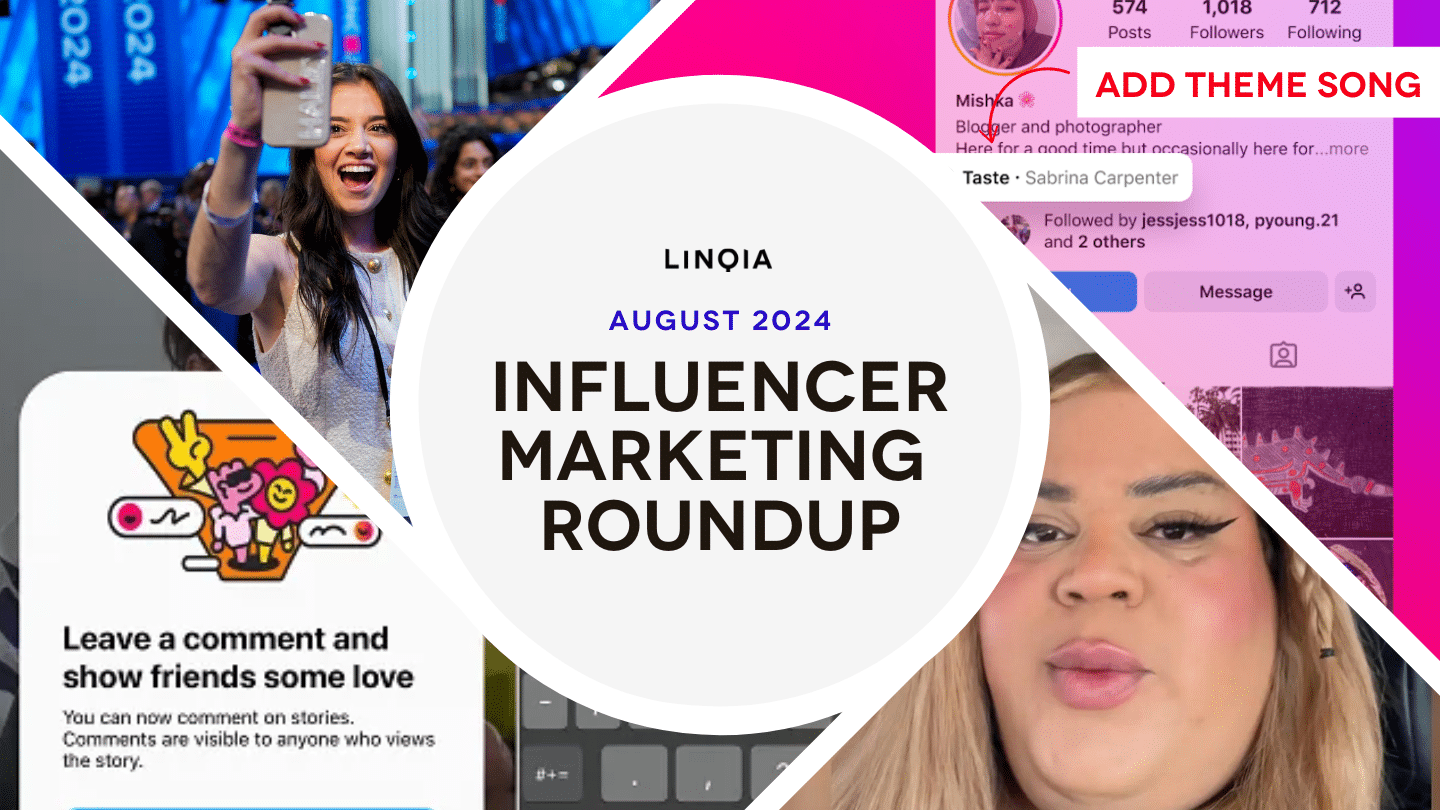Influencer marketing is now a mainstream marketing tactic. According to a recent Linqia survey of 181 B2C marketers and their agencies, 39% of marketers plan to increase their influencer marketing budgets in 2018, with only 5% reporting a decrease.
The key to successful influencer marketing is making sure that you structure programs in a way that delivers measurable results. The most coveted influencers were once those with the largest audiences, however The Follower Factory expose in The New York Times shined a spotlight on what has long been a flawed strategy – selecting influencers based on perceived reach or audience size. Many influencers, from celebrities and top-tier internet personalities to respected bloggers and everyday people, were purchasing fake followings and false engagements in an effort to appear more influential online, resulting in brands wasting exorbitant amounts of money on influencers who weren’t influencing real people.
As the industry matures, marketers are beginning to grasp how to strategically use the channel to drive real business results across all stages of the consumer journey, from reach and awareness to conversions and sales. Here are the top influencer marketing trends to monitor in 2018.
4 Influencer Marketing Trends in 2018
1. Marketers Fight Against Influencer Marketing Fraud
The shift from surface level, fluffy metrics like reach and awareness signals the growing importance of influencer marketing fraud prevention in 2018. Marketers are willing to invest in the security needed to guarantee the quality of influencers and their audiences in order to maintain the authenticity of influencer content and protect their brands from fraudulent activities. This often includes working with influencer marketing partners that go the extra mile to monitor the veracity of audience size, online engagements, and click numbers.
Look for a partner that compensates influencers based on performance, defined as their ability to inspire the desired action from their audiences, rather than for the creation of a single piece of content. When the value and investment is based on individuals that drive concrete business results instead of those with the most followers, the influencers have little incentive to partake in fraudulent activities.
2. Influencer Content Drives Greater Returns from Paid, Owned, and Earned Media
Influencer content is nuanced, original, and authentic. The most successful influencer marketing programs are the ones where the influencer content is used beyond the original scope of the campaign to improve the performance of other channels (email, website, paid social, native advertising, etc.). 51% of marketers that repurpose influencer content report that it outperforms brand-created content, and of those who have yet to test influencer content against brand created content, 59% plan to do so this year.
Expect to see more brands A/B testing influencer content against brand-created content to determine what pieces will deliver the best results. Advanced marketers will then develop a strategic blueprint using those assets to drive incremental performance from their paid, owned and earned media.
3. Influencer Content Integrates with E-Commerce to Drive Sales
More marketers are looking at the full consumer journey and holding influencer marketing accountable for driving lower funnel metrics in addition to awareness and engagement. High-impact recommendations, like those from a friend or trusted influencer, are 50 times more likely to trigger a purchase than low-impact recommendations, like ads in a magazine.
Brands like GerberⓇ have already seen the positive impact of influencer content on lower-funnel metrics and goals – its Lil’ Beanies product saw a 5% national sales lift when it launched as a result of its influencer marketing program. It comes as no surprise, then, that more than a third of marketers (36%) plan to integrate influencer content with e-commerce to drive product sales in 2018.
4. Advertising/Media Takes Ownership
As targeting capabilities evolve, advertising and media teams, who traditionally have larger budgets, are taking ownership of influencer marketing and managing programs with the same rigor that they use with other digital advertising channels. In 2017, 38% of influencer marketing owners were on advertising/media teams, whereas only 15% identified as PR/communications, a notable decrease from 31% in 2016.
In 2018, influencer marketing will more commonly become a line item in the advertising/media budget. The extra dollars allocated to these teams allows marketers to scale the size of their influencer marketing programs, increasing the number of influencers they work with and putting more dollars behind the content that’s proven to perform.
It’s no longer a question of whether or not influencer marketing works as it’s been proven to drive concrete business results time and time again. So what can we expect to see from influencer marketing in 2018? Not only will brands invest more in the tactic to combat fraud and ensure its authenticity, but they will also use influencer marketing to test various methods to identify which strategies are the most effective at driving results. Once they’ve developed a strategic blueprint, we’ll see the advanced brands scale their programs to drive lower-funnel metrics and greater returns from paid, owned, and earned media.




